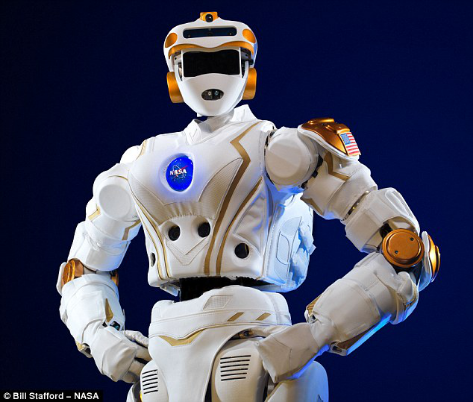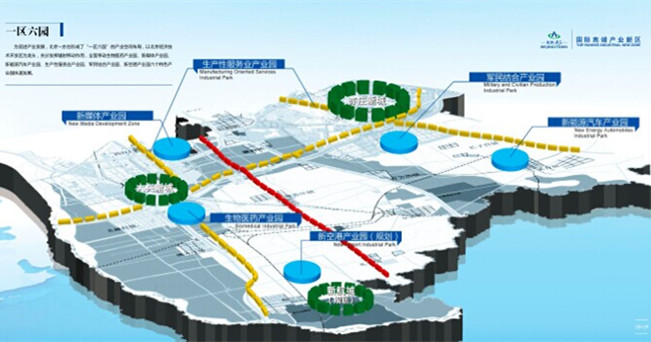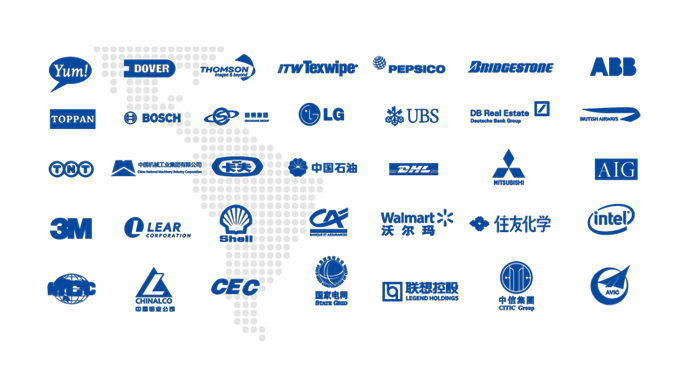NASA Recruits Teams to Research Robots and Help Spacemen for Mission in Mars
( http://www.worldrobotconference.com/ )
A new “spaceman” is expected to be destined for history. It will help human to land on mars for the first time. As reported by Daily Mail on Aug. 16, the National Aeronautics and Space Agency (NASA) is recruiting teams to research and develop humanoid robots to help spacemen for missions in Mars.

NASA is recruiting teams to research a R5 robot, which will, as assistant of spacemen, help spacemen implement a series of missions in the space, and even save their lives. For that project, NASA is holding a Space Robotics Challenge at expenditure of over Millions USD.
NASA requires the attending teams programming a R5 Robot in virtual environment. The robot shall be able to calibrate communication sequence, repair damaged solar panel and identify and repair loopholes in habitat. Although NASA has researched those advanced technologies in robot system on earth by hydraulic technology, these technologies are unsuitable for surface on planet under zero temperature and severe environment. However, R5 robot replaces hydraulic technology by elastic technology to solve those problems.

Monsi Roman, the Manager of NASA's Centennial Challenges program said that precise and flexible robotic technology is crucial for spacemen. It can handle communication delay, and be applied to space flight, Mars and other places to fulfill dangerous and complex missions. Moreover, NASA and its partners all believe the public is interested in the challenge. People all expect new technologies.
The R5 robot developed by each team will face the challenge to analyze damage result caused by sand storm to habitat on Mars. The Program starts accepting registration from Aug. 16, and the qualification competition will last from the middle of September to the Middle of November. In addition, the final will be released in December. The final winner will be announced in the end of June 2017 in Space Center Houston.
By technologies generated in the challenge, robot can participate in pioneer missions, such as selecting landing place, arriving at destination prior to setting habitat by spacemen, and even carrying out preliminary scientific research. NASA starts engaging in space robot program since 1996. Currently, it has one robot working in International Space Station. Experts believe on certain day in the future, those space humanoid robots can be applied to planets with dangerous or extremely severe environment where human beings and earth robots are unable to approach.
 The Area with Six Parks
The Area with Six Parks Global Top 500
Global Top 500